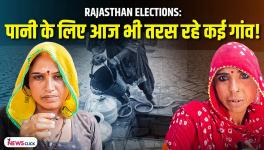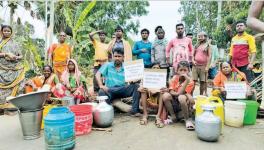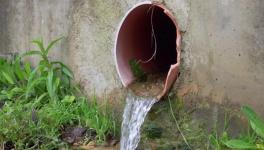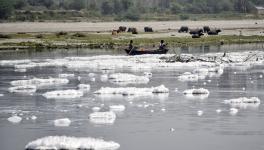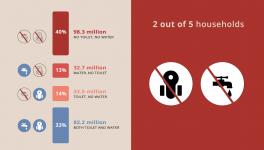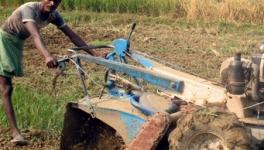Almost 44% of Delhi Slumdwellers Depend on Bottled Water: Report
The number of households in Delhi using bottled water as the primary source of drinking water doubled between 2012 and 2018 with nearly 44% of houses in non-notified slums depending on it despite piped water connections increasing to 76%.
According to a recent report based on the results of the State Sample of the 76th National Sample Survey on ‘Drinking Water, Sanitation, Hygiene and Housing Condition’ (July-December 2018), the major source of drinking water was piped water (78.2%), followed by tube well (7.5%), bottled water (7.0%), public tap/stand pipe (3.8%) and public tanker truck (3.3%).
The sample, carried out by the Directorate of Economics and Statistics of the Delhi government, also found that the share of supply from the principal source, namely, bottled water, public tanker truck and tube well was more in rural areas compared to urban, according to news agency PTI. Whereas the share of water supply from principal source by piped water into dwellings and piped water into yard/plot was more in urban as compared to rural Delhi.
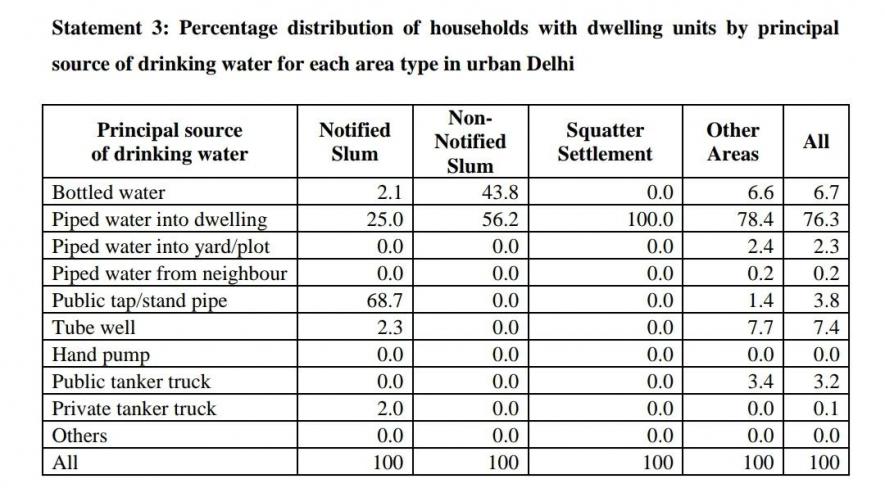
“Interestingly, in non-notified slum areas in Delhi, as much as 44% of households reported that they were using bottled water as the major source of drinking water; whereas, about 69% of households in notified slum areas reported to be using public tap as the major source of drinking water,” the report stated.
Among the households who had the facility of drinking water within the premises, 87.7% had it within their dwellings and 3.9% outside but within the premises. The report revealed that 6.8% of the households were fetching drinking water from outside the premises at a distance less than 200 metres.
The proportion of households who reported fetching drinking water from outside at a distance less than one kilometre was more in rural (13.1%) areas compared to urban (8.0%). According to the report, 91.1% of the households reported getting sufficient drinking water from the principal source throughout the year.
The report was delayed first due to the Assembly polls in Delhi in 2020 and later due to the pandemic, according to officials, PTI reported.
Delhi performed better than the all-India average on most parameters. However, this should not eclipse the fact that a large number of people in the capital still do not have access to basic amenities.
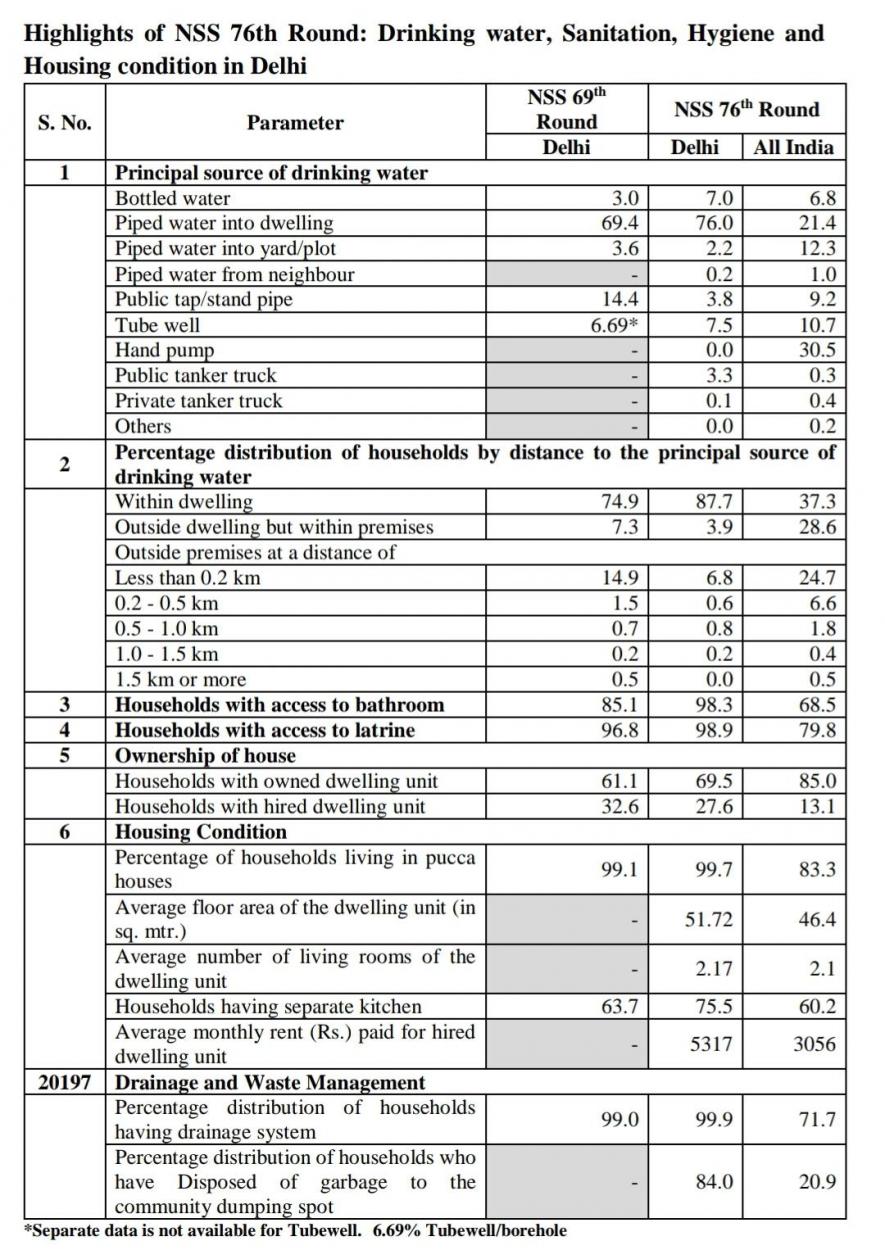
The survey on housing conditions was aimed to portray several aspects. On the one hand, data on the condition of the residential dwellings with respect to its microenvironment, like the area where the house was located, plinth level, use of the house, the time of construction, condition of the structure, type of dwelling, number of rooms, etc., infrastructure facilities available—like electricity, bathroom, drinking water, sewerage, drainage, garbage disposal, ventilation, etc.—was collected.
On the other hand, data on household characteristics, principal industry and occupation of the household, distance to the place of work normally travelled by the principal earning member (separately for male, female and transgender) of the household were also collected.
In Delhi, 98.3% households had access to bathroom facilities. Among these households, 84.6% had a bathroom(s) for exclusive use, followed by 13.0% who shared it jointly with neighbours residing in the same building and 0.7% who were using the community-based facility with or without payment for bathing.
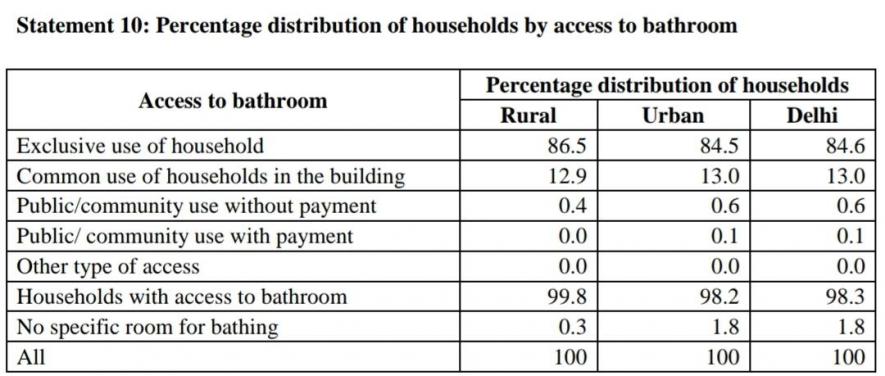
The report showed that 71% of the households were using flush/pour-flush to piped sewer system, followed by 28.5% who were using flush/pour-flush to septic tank as the type of latrine. Besides, flush/pour-flush to septic tank-based latrine facility was majorly used by rural households (76.6%) while maximum urban households (72.3%) were using latrine which is flush/pour-flush to the piped sewer system.
For sampling purposes, the survey was spread over 210 first-stage units (36 villages and 174 urban framework survey blocks) covering 2,502 households (432 in rural areas and 2,070 in urban areas). It enumerated 10,986 people (2,083 in rural areas and 8,903 urban areas).
Get the latest reports & analysis with people's perspective on Protests, movements & deep analytical videos, discussions of the current affairs in your Telegram app. Subscribe to NewsClick's Telegram channel & get Real-Time updates on stories, as they get published on our website.









